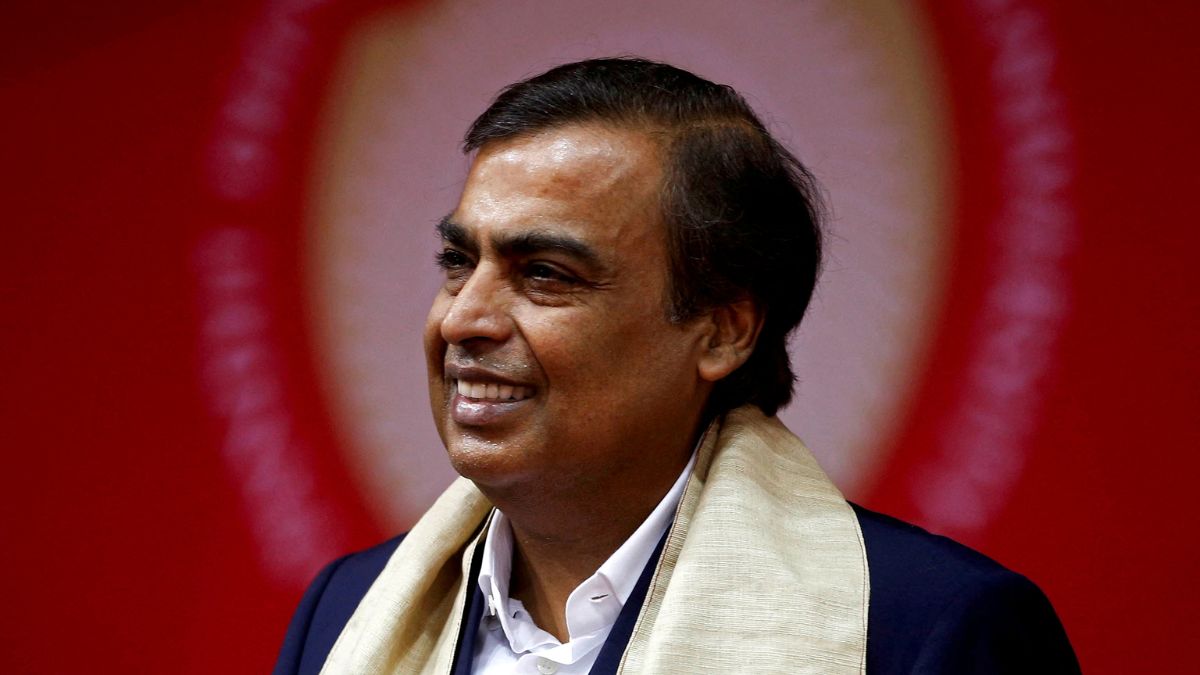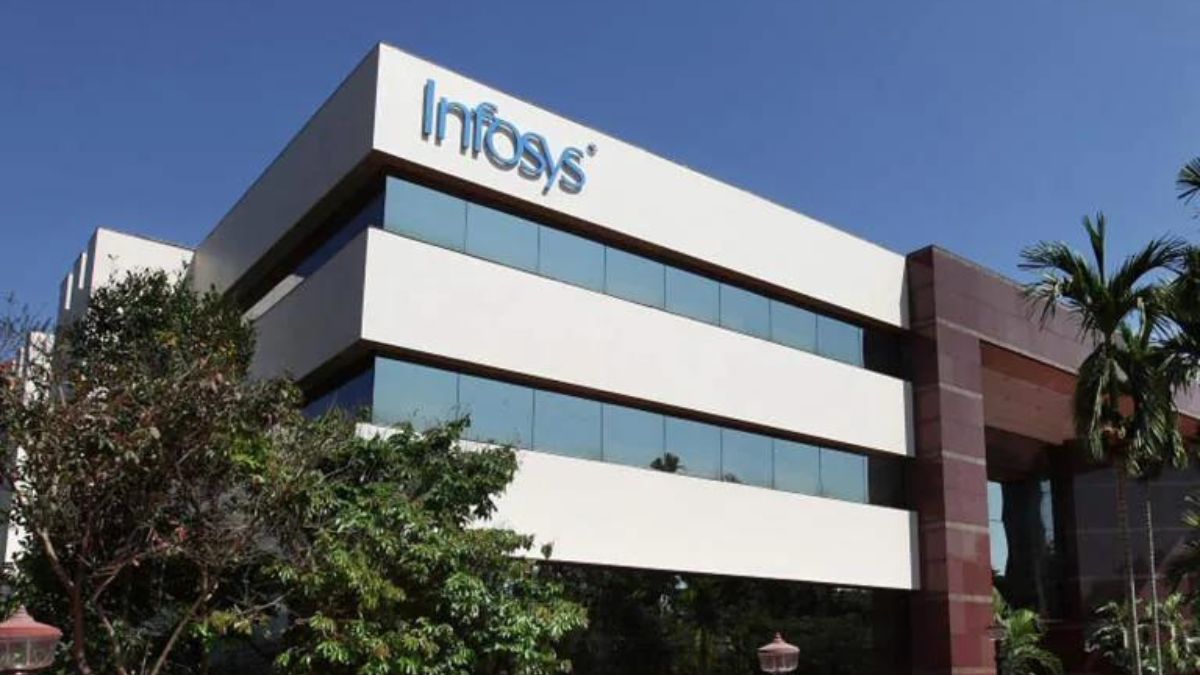IndiGo reported a profit of Rs 1,894.8 crore in the quarter ending March 2024, up by a whopping 106 per cent from Rs 919 crore in the same period last fiscal read more
)
An IndiGo airlines aircraft parked at Indira Gandhi International (IGI) airport, New Delhi. Source: FILE/AFP.
IndiGo, one of India’s biggest low-cost airlines, began its commercial operation on August 4, 2006, to cater to travellers who “do not want to waste time, money or energy in the process of travelling”. The first flight connected Delhi and Imphal.
The introductory fares ranged from Rs 999 to Rs 3,598.
Cut to 2024, IndiGo now boasts a fleet of 350 plus aircraft. The airline now operates around 2,000 flights daily, connecting more than 85 domestic destinations and over 30 international destinations.
IndiGo, first Indian carrier, to post Rs 1 lakh crore profit
The budget airline, on Thursday, reported a profit of Rs 1,894.8 crore in the quarter ending March 2024, up by a whopping 106 per cent from Rs 919 crore in the same period, last fiscal.
The annual profit reported by IndiGo in FY24 was Rs 8,172.5 crore, against a loss of Rs 306 crore in the previous fiscal.
The rise was credited to higher traffic, increased capacity and a favourable external environment.
Now, IndiGo to start business class
The above results were accompanied by news that IndiGo, by the end of 2024, will have business class on its flights on the busiest sectors and routes that they fly.
IndiGo said that it will launch a “tailor-made business product” and more details on it will be shared by the airline around August when it will celebrate its 18th anniversary.
At present, IndiGo offers only economy and premium economy seats on its A320 fleet of planes.
“Considering India’s soaring economy and the evolving aspirations of Indian society, it’s time for IndiGo to redefine premium travel in India, increasing the availability of this service for the nation. It will create a desired option for many who are aiming to travel business, perhaps for the first time in their lives,” the airline said in a statement.
How will business class help IndiGo?
With its decision to include business class, IndiGo aims to fill the void left by Jet Airways in the business segment. It also will help the airline compete with the Tata Group-owned Air India.
Which domestic competitors of IndiGo have business class?
Among the low-cost carriers, AI Express and Akasa have 2x2 seats in the first few rows on some of their new Boeing 737 MAX. SpiceJet too has a business offering.
Vistara, which will soon merge with Air India, also offers business class.
Adding a new tag
From its inception, IndiGo grew by leaps and bounds, making flying a much more affordable commodity in India. With more flights, covering more routes and catering to multiple fliers, it gradually shed away its low-cost tag and began identifying itself as “affordable” as it moved towards being premium.
Fleet expansion
Less than a month ago, IndiGo announced that it would buy 30 wide-body aircraft.
In an interview with the Economic Times in March, IndiGo chief financial officer Gaurav Negi said the airline’s focus has been to double its fleet size by 2030 while continuing to keep a strict check on cost.
IndiGo market value
In April, IndiGo became the world’s third most valuable airline by its market capitalisation.
IndiGo, valued at Rs 1,762 crore. While Delta Air Lines stood as the second most valued airline at Rs 3,044 crore, the Irish company Ryan Air stood firmly as the world’s no. 1 in terms of market capitalisation at Rs 3,375 crore.
IndiGo leads with 60 per cent of the domestic aviation market share and a significant 10 per cent share in the international market, behind Air India with 26 per cent share and many other players that amount to a cumulative 44 per cent, a report by Nuvama said.
How IndiGo came up?
Rahul Bhatia, who went on to become one of the founders of IndiGo, started his own travel company InterGlobe in 1988. InterGlobe is today known as IndiGo.
In 2004, Bhatia got an airline license from where the journey of IndiGo started. He placed an order for 100 aircraft worth $6.5 billion at the 2005 Paris Air Show. In August 2006, IndiGo took to the sky and had its first flight.
Within a year, Indigo added 15 more aircraft to its fleet and by 2010, IndiGo revolutionised the aviation industry with sales of Rs 2,664 crore.
The airline’s focus was on economy class with each aircraft accommodating 180 passengers.
In 2011, IndiGo got a license to operate international flights and Bhatia ordered 180 Airbus A320neo aircraft worth around $15 billion.
In 2015, InterGlobe, IndiGo’s parent company, launched an IPO worth Rs 3,008.5 crore. The IPO received 6.63 times more bids than expected, valuing IndiGo at Rs 44,290 crore.
The COVID-19 pandemic also hit IndiGo hard. As passenger revenues dropped sharply due to the lockdown, IndiGo ramped up its cargo operations to cater to the high demand for transporting essential supplies. During the lockdown, the airline flew to China, the Middle East and other countries carrying a decent amount of cargo.
IndiGo also offered the Union Civil Aviation Ministry its resources, aircraft and crew to transport medicine, equipment and relief material from one country to another.
Umang Sharma is a media professional with over 12 years of experience. Crafting compelling content and using storytelling techniques are his strengths. His interest lies in national, global, political news and events. see more

 3 months ago
15
3 months ago
15
)
)
)
)
)
)
)
)
)
)
)
)
)
)
)
)
)
)
)
)
)
)
)
 English (US) ·
English (US) ·